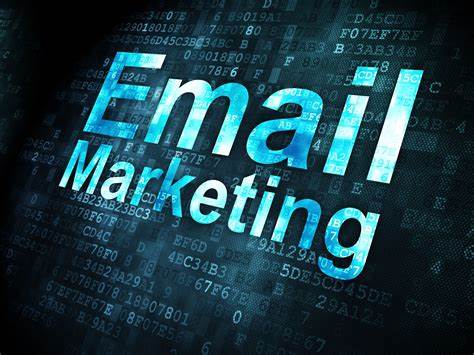
Email marketing’s magic and what it can do for your marketing strategy isn’t accidental.
While we all know that creating drip campaigns that meet your audience’s needs and provide them with resources is critical, content is only one component. When it comes to email campaign management, you need to think outside the box, optimizing not only your content but also your campaign management processes.
To get the results you want, start with your email marketing strategy’s foundation. Here’s how to keep winning and manage campaigns effectively to connect, engage, and convert.
Build Your Email Lists
You can’t send email newsletters without a list of subscribers, but how do you get them? There are several ways to collect customer data for an email list.
Make signing up for your email campaigns as simple as possible. Adding forms to your website and creating gated assets to encourage sign-ups from interested prospects are two ways to do this.
Asking the right questions when bringing on a new contact is also important. Assemble a list of questions to ask your prospects.
Remember that quality trumps quantity. People will unsubscribe, and your brand’s pushiness will leave a bad taste in their mouths, so buying email lists or adding people without clear opt-in is not only ineffective from a marketing standpoint, but may also be illegal under GDPR.
Your emails will be more effective if your list contains genuine subscribers.
Email List Segmentation
Segmenting your leads is critical for effective targeting. This means segmenting contacts based on their stage in the buyer’s journey so you can send them content tailored to their needs rather than bombarding them all at once.
Use marketing automation to segment your email list. This ensures that the right leads go to the right segments and eliminates the need for guesswork.
Get Personal
Combining an email marketing automation platform with a CRM gives you key subscriber data. This is vital because personalized emails have a much higher open rate than generic mass emails.
Using a subscriber’s first name in the subject line increases open rates by 50%, avoiding the spam folder. With results like that and automation making personalization simple, there’s no reason not to know your customers’ names.
Optimise Content Usage
Not all content is equal. Examine your content to see what would work best for your email campaigns. This is usually content that has a lot of downloads, views, and conversions. Then, fill in any remaining gaps with new content. You’ll cover all bases and hopefully get a lot of mileage out of previous work.
Let Your Style Be Simple
If you want to succeed with email marketing, keep your layouts simple and sleek. Don’t forget that most of your email subscribers will be reading on smartphones, so keep it simple.
Pick one that works for you and isn’t too fiddly from your email service provider’s template library.
Keep Copy Tight
You can overwrite emails as well as overdesign them. The best emails are skimmable, have a clear purpose, and include eye-catching images.
Our attention spans have shrunk due to social media, and we are impatient with text. Effective emails have short copy, fun graphics, and a compelling reason to click through.
Set a Pace
Your campaigns should have a good rhythm, sending emails frequently enough to keep your brand top-of-mind and build trust without overwhelming your audience.
Decide how often you want your emails sent as you plan. Then, regularly track key conversions to adjust your cadence. With a little back and forth, you should be able to find a sweet spot that suits both your needs and your readers’ attention spans.
Let Your CTAs be Clear
Don’t bury or obscure your CTA in your email. Let your subscribers know if you want them to schedule a demo, download more content, or call a sales rep. Making the call-to-action clear (in copy and design) increases the likelihood of readers taking action.
If you’re using an email template, make sure your CTA is prominent. Make sure your email template includes eye-catching buttons or icons that can help increase click-through rates.
Draw Readers in with Your Subject Line
Aside from addressing them personally, a compelling subject line will entice subscribers to click through. Your subject line is the window to your email voice, whether it’s purely transactional, like a sale announcement with a big discount, or more emotionally engaging, like a pop culture or musical reference.
Try A/B testing a few subject lines to see which perform best, then think of new ways to replicate that success.
Start Campaigns and Track Results
Successful email campaigns track constantly. Before you start your campaigns, make sure you’ve set realistic goals for them. Then, track weekly email marketing metrics to assess their progress. Examine their click-through rate, how many sales calls they generate, and whether they are even opened.
Prepare to act on what you find. If you notice a decline in open rate, conversions, unsubscribes, or deliverability, it’s a sign that something needs to change.